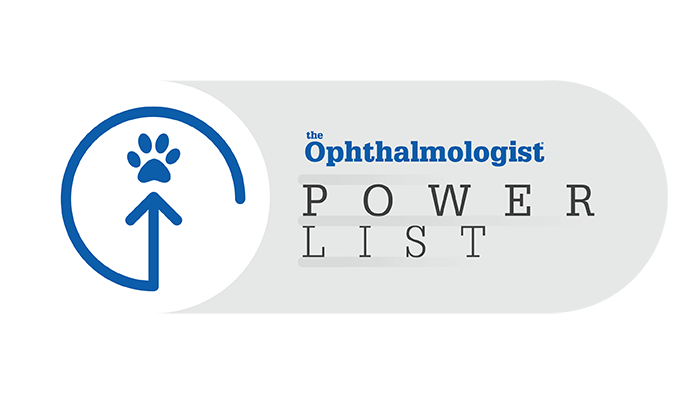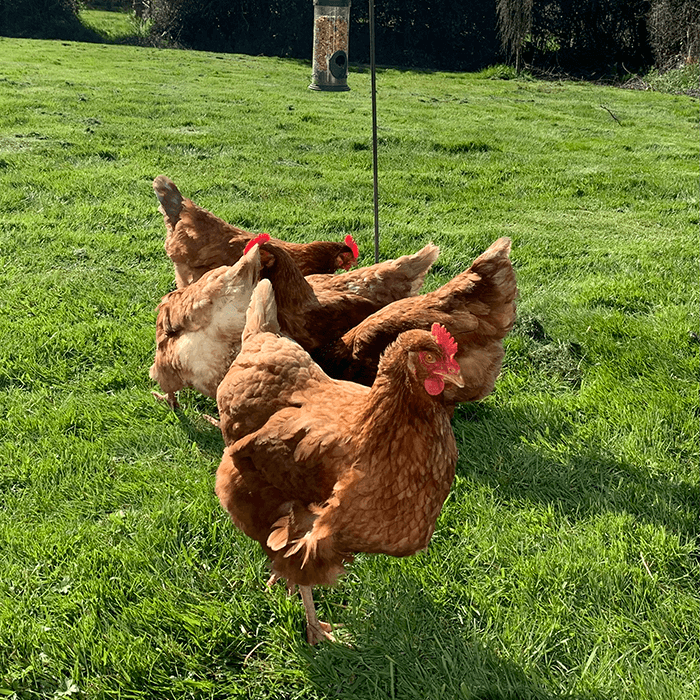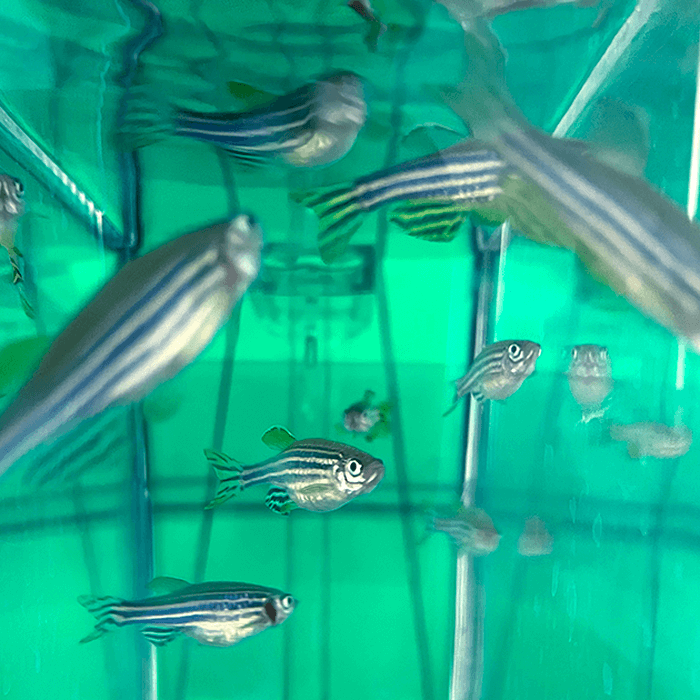
Over the last two years of pandemic living, pets have made a big difference in the lives of many ophthalmic professionals, and we want to celebrate them. That is why we are so happy to present our Pets of Ophthalmology Power List 2022!
We have a fantastic final list of PUPhthalmologists, CAT-aract specialists, and even starGOATs! From the nominations that we’ve received, it is very clear that pets are a big part of many of our readers’ lives, and I’m proud to honor them in this list.
Please click on the images below to find out more about each pet.
PUPhthalmologists
Our PUPhthalmologist section includes pets owned by Carol L. Shields, Andrzej Grzybowski, Gladys Atto, Alessandra Balestrazzi, Paolo Michieletto, and members of The Ophthalmologist team.
Click on each image to find out more.









CAT-aract specialists
The CAT-aract specialist section includes pets owned Philip J. Rosenfeld, Carol L. Shields, Andrzej Grzybowski, Sibylle Scholtz, and Ninel (Nell) Gregori.
Click on each image to find out more.





StarGOATs
Our glorious StarGOATs are courtesy of John Bladen, and Carol L. Shields.
Click on each image to find out more.



The Francis CHICK Institute
Both the Francis CHICK Institute and FishEye Lens section are credited to Mariya Moosajee!
Click on each image to find out more.

We have had chickens for 12 years, and they are the most amazing pets. Not only do they give you fresh eggs every morning – a true blessing during the pandemic lockdown – but they are the friendliest birds. They are curious creatures who follow you around the garden inquisitively, and love being picked up for a cuddle. Strangely, they relish pecking at my wellies (wellington boots) even when they are clean!
Mariya Moosajee, Professor of Molecular Ophthalmology at UCL Institute of Ophthalmology, Group Leader of Ocular Genomics and Therapeutics at the Francis Crick Institute, Consultant Ophthalmologist specialising in Genetic Eye Disease at Moorfields Eye Hospital NHS Foundation Trust, London, UK
FishEye Lens
Zebrafish
After completing my PhD at Imperial College London, I vowed that I would never work with zebrafish again. Over those three years, I looked after them better than I did myself! But over the years, I broke my vow and not only continue to work with them (because they are fantastic model organisms), but I rescue the wild-types so they can grow old in peace at home, with the family.
Mariya Moosajee

